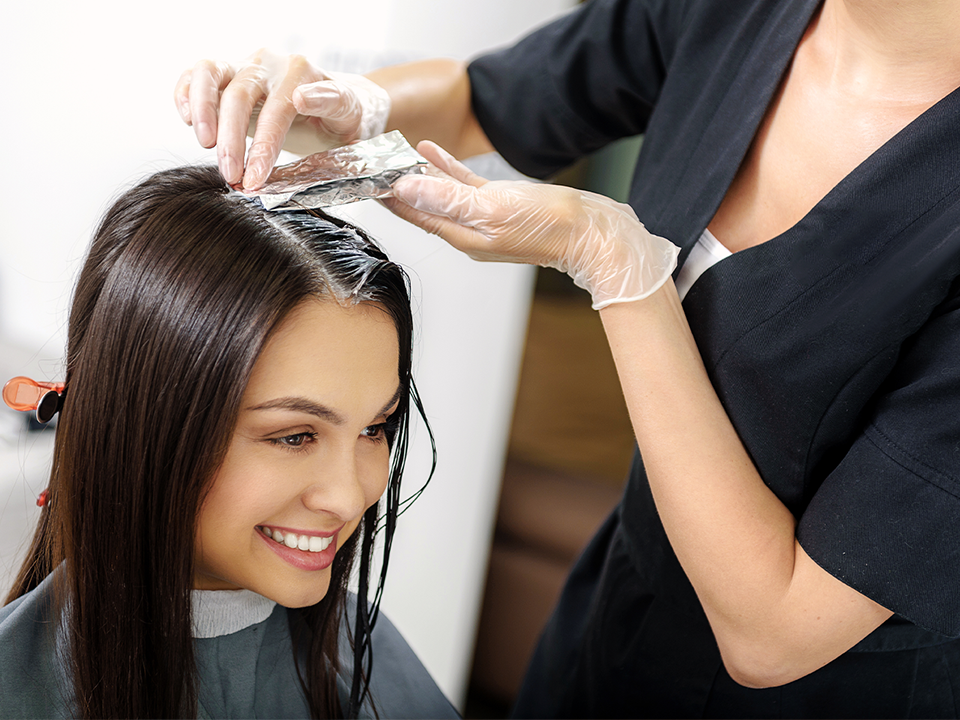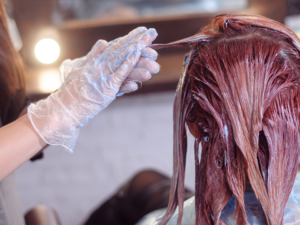Does Dyeing Your Hair Kill Head Lice?
April 14, 2023
Does Dyeing Your Hair Kill Head Lice?

Does Dyeing Your Hair Kill Head Lice?
April 14, 2023
Understanding head lice
Head lice are among the most annoying and persistent parasites that can infest the human scalp, neck, and behind the ears. These tiny blood-sucking critters are incredibly contagious and can spread rapidly from one person to another through close contact or by sharing personal items, such as hats, combs, or clothing. Symptoms of head lice infestation include intense itching, the presence of visible nits, and small red bumps on the scalp or neck.
Over the years, various medications, such as prescription and over-the-counter shampoos and lotions, have been used to treat head lice infestations, with varying degrees of success. Another effective treatment method involves using a fine-toothed comb to carefully remove the lice and nits from the hair. Practicing proper hygiene, such as washing bedding and clothing in hot water, is also crucial in preventing further spread of the infestation.
It is essential to have a good understanding of the basics of head lice, including their modes of transmission and the common symptoms of infestation, to facilitate effective treatment and prevention. Seeking professional guidance and advice on how to treat head lice infestations is highly recommended to ensure that the right treatment is administered, and future outbreaks are prevented.
How does hair dye work?
Hair dye is a cosmetic product that can change hair color by penetrating the hair shaft and replacing natural pigments with artificial ones. Different types of dyes contain different chemicals, with permanent dye containing ammonia and hydrogen peroxide to lighten and deposit color, while semi-permanent and temporary dyes use smaller color molecules that coat the hair. While permanent dye can damage the hair shaft and cause dryness and breakage, semi-permanent and temporary dyes are generally less damaging. It’s important to understand the type of dye being used and the potential effects on hair health before dyeing.
Does hair dye kill head lice?
Hair dye is sometimes believed to be an effective treatment for head lice due to the chemicals in hair dye, such as ammonia and hydrogen peroxide, which can potentially kill the lice and their eggs. While some studies suggest that a mixture of hair dye and conditioner may be effective in killing head lice and nits, more research is needed to confirm its effectiveness and potential risks. Furthermore, hair dye can cause irritation or allergic reactions and can be damaging to the hair and scalp if used too frequently or on already damaged hair. Proper hair care practices should be followed to maintain hair health, and it is important to consult a healthcare professional before using hair dye or any unconventional treatments for head lice.
Risks of using hair dye

Hair dye can be a great way to change your hair color, but it’s important to be aware of the potential risks associated with its use. One of the main risks of using hair dye is the potential for damage to the hair and scalp. Hair dye contains chemicals, such as ammonia and hydrogen peroxide, which can be harsh on the hair and strip the natural oils from the scalp. This can lead to dryness, brittleness, and breakage.
Another potential risk of using hair dye is the risk of an allergic reaction or skin irritation. Hair dye contains many different chemicals, and some people may be sensitive or allergic to one or more of these ingredients. Symptoms of an allergic reaction can include itching, redness, and swelling of the scalp, as well as hives or other skin rashes.
In addition, certain types of hair dye, such as permanent hair dye, can be more damaging than others. These dyes use stronger chemicals to penetrate the hair shaft and can cause more damage to the hair and scalp than semi-permanent or temporary dyes.
To minimize the risks of using hair dye, it’s important to follow proper hair care practices. This includes using a conditioner to keep the hair hydrated, avoiding heat styling tools, and limiting the frequency of dyeing. It’s also important to perform a patch test on a small area of skin before applying hair dye to the scalp to check for any allergic reactions.
Overall, while hair dye can be a great way to change your look, it’s important to be aware of the potential risks and take steps to minimize them.



